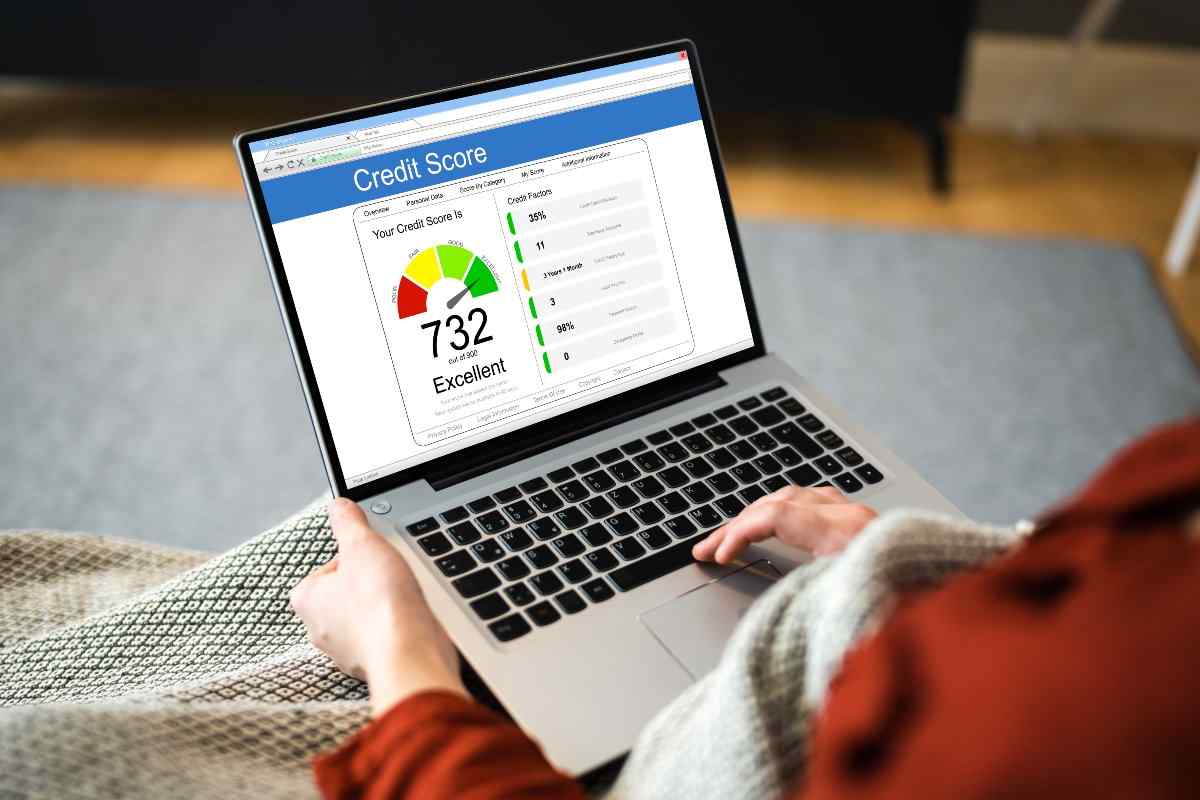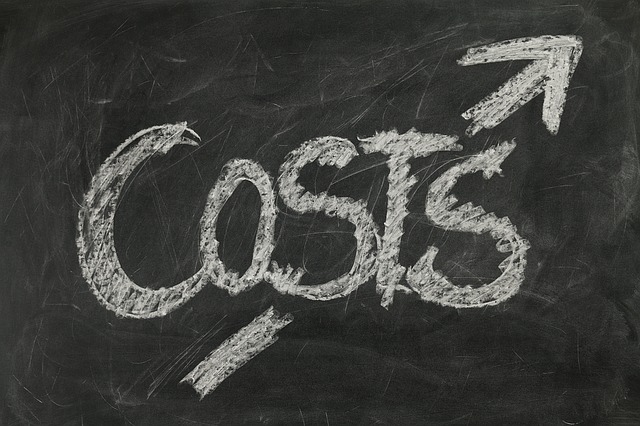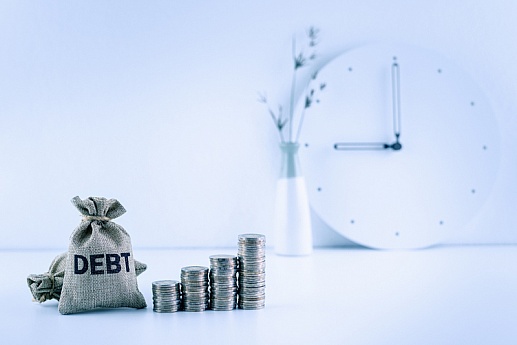Personal Loans vs Payday Loans: Top Differences
With the growing need for access to additional funds, it's paramount to have a clear understanding of personal loans vs. payday loans. These are two famous loan types that can help borrowers get out of a financial crisis.
A payday loan is a small, short-term type of financing, usually ranging from $100 to $500. To get more financing, the borrower may apply for a personal loan. Let's compare payday loans with personal loans to gain better insight.
Comparing Payday Loans and Personal Loans
 The most striking similarity that one can observe when comparing personal loans vs. payday loans is that both provide quick access to cash. What about the differences? How do payday loans differ from other types of loans?
The most striking similarity that one can observe when comparing personal loans vs. payday loans is that both provide quick access to cash. What about the differences? How do payday loans differ from other types of loans?
Payday Loan
A payday loan is a small, short-term, high-interest loan, known as a "cash advance" or a "check advance." It's geared towards sub-prime or high-risk borrowers. The consumer can use a payday loan for immediate cash needs. It's much easier to get approved for a payday loan than a personal loan.
This loan may not last longer than 30 days. As a rule, borrowers should repay the loan with a fee within 14 days before the next paycheck comes in. Usually, the lender gets the repayment through an automatic withdrawal.
If borrowers fail to repay the payday loan, the lender may force them to take out another payday loan to cover the original balance. As a result, the cost of borrowing will double.
Global Opportunity Analysis and Industry Forecast shows that the global payday loans market size is expected to be $48.68 billion by 2030. It was $32.48 billion in 2020.
Is a Payday Loan Secured or Unsecured?
It's unsecured, which means the lender doesn't require any collateral or assets to back it.
Payday Loan Installment or Revolving?
This isn't an installment loan: the borrower must pay the total amount of the loan and all required fees in one lump sum. As for an installment loan, the consumer pays it off in installments, regular portions of equal size.
Borrowers must pay back the whole amount within the set timeframe. If consumers want to borrow more, they must apply for another loan. This differs from a revolving loan where the borrower can receive funds up to a certain limit, pay back some or all of them, and then borrow again.
Personal Loan
A personal loan is a lump-sum installment loan. The borrower must pay back the amount over time ranging from six months to five years, typically with interest. Processing a personal loan can take a few days, unlike a payday loan that can be faster.
Personal loans can be secured or unsecured. A secured personal loan provider requires collateral, which isn't the case with an unsecured personal loan provider. The borrower can use the funds on a variety of personal expenses.
According to Experian, one of the major credit bureaus, personal loan debt increased by 12% in 2019. Thus, it appeared among the fastest-growing debt categories. Almost five million more consumers have a personal loan today than five years ago.
Personal Loan vs. Cash Advance
A cash advance is synonymous with a payday loan. It's a short-term loan that usually involves a high-interest rate and fees. The consumer can get a cash advance from a bank, alternative lender, or credit card company.
Interest and Fees
 When discussing personal loans vs. payday loans, it's also essential to focus on interest and fees. Payday loan providers can charge interest as high as 780% in annual percentage rate (APR), with an average loan accounting for about 400%. The APR accounts for the annualized cost of the loan repayment based on the interest rate and fees. The APR accounts for the annualized cost of the loan repayment based on the interest rate and fees.
When discussing personal loans vs. payday loans, it's also essential to focus on interest and fees. Payday loan providers can charge interest as high as 780% in annual percentage rate (APR), with an average loan accounting for about 400%. The APR accounts for the annualized cost of the loan repayment based on the interest rate and fees. The APR accounts for the annualized cost of the loan repayment based on the interest rate and fees.
Most states apply usury laws that limit interest charges, enabling the borrower to pay from 5% to 30%. As the Consumer Financial Protection Bureau states, the cost of a payday loan is $15 for every $100 borrowed every two weeks, which makes up a 391% APR.
Personal loan providers don't always charge any upfront fees. Sometimes, they may charge an application or origination fee, ranging from 1% to 8% of the loan's value. However, the lender always charges interest that the borrower must pay over time.
Borrowers with poor credit should expect a high APR when applying for a personal loan. Moreover, the lender may charge a prepayment penalty if the borrower pays off the loan early.
Loan Amount
A payday loan usually ranges from $100 to $500. In most states, a one-time payday loan amount will not exceed $1,000. If borrowers need more, they may apply for a personal loan. In some cases, the borrower can find personal loans of up to $40,000. Some lenders offer as much as $100,000 through this financial product.
Credit Score Requirements
 Credit score requirements are another vital point to consider when comparing personal loans vs. payday loans. Payday loans have a higher approval rate than personal loans. Why? Payday lenders are more likely to approve applicants with low credit scores. That's the reason why this is a go-for option for people with bad credit or no credit at all.
Credit score requirements are another vital point to consider when comparing personal loans vs. payday loans. Payday loans have a higher approval rate than personal loans. Why? Payday lenders are more likely to approve applicants with low credit scores. That's the reason why this is a go-for option for people with bad credit or no credit at all.
As for a personal loan, the minimum credit score the borrower needs to have for approval depends on the lender. The higher the credit score, the better. The consumer could still get a personal loan with a credit score of 550 to 600, but the options will likely be limited and costly.
Personal loans show up on the credit report. If borrowers default on a personal loan, this could significantly damage their credit score.
The FICO credit score created by the Fair Isaac Corporation (FICO) defines:
- less than 580 as poor credit
- 580 to 669 as fair
- 670 to 739 as good
- 740 to 799 as very good
- 800 to 850 as exceptional
Loan Provider
 When discussing personal loans vs. payday loans, it's also essential to know the providers of these financing solutions. Here they are.
When discussing personal loans vs. payday loans, it's also essential to know the providers of these financing solutions. Here they are.
Banks
Not all big banks provide personal loans. What's more, traditional banks and financial institutions shy away from borrowers with bad credit. The reason is that they don't want to work with high-risk businesses or consumers. As for payday loans, banks don't usually offer them.
Credit Unions
Credit unions may set lower interest rates and fees for personal loans as compared to banks. The same is also true of payday loans if they are available.
Storefront Lenders
People may apply to small credit merchants with physical stores that allow onsite credit applications.
Online Lenders
Alternative online lenders are gaining more traction among consumers. One of the options is to apply for payday loans online from a reputable lender.
The borrower can request a personal loan online as well. The application is electronic, and the approval can be available in minutes. Borrowers can get their funds in as soon as one business day.
Tribal Lenders
Tribal lenders may accept online applications for short-term, small-dollar loans. When applying to a tribal lender, make sure it's legitimate. Tribal loans are sometimes known as "alternatives to payday loans," although the product is more similar than different.
Which Loan Type Is Right for Me?
 In Q1 of 2019, the number of Americans with personal loans grew from 19.3 million to 20.9 million. Moreover, as of June 2020, COVID-19 was still financially affecting 55% of Americans. This data is according to global information and insights company TransUnion.
In Q1 of 2019, the number of Americans with personal loans grew from 19.3 million to 20.9 million. Moreover, as of June 2020, COVID-19 was still financially affecting 55% of Americans. This data is according to global information and insights company TransUnion.
With so many people interested in personal and payday loans, it's crucial to know which loan type is the right option for the borrower.
Payday loans may be suited for those borrowers who have bad credit. Also, they're used by those with limited access to traditional financing solutions such as personal loans and credit cards. In addition, payday loans can help cover short-term needs, such as rent or utility bills.
General requirements for a payday loan include:
- An active bank, credit union, or prepaid card account
- Proof or verification of income source
- Valid identification
- Borrowers must be at least 18 years old
Personal loans can be a more affordable option. The consumer can use a personal loan for various expenses like home renovations or repairs, debt consolidation, vacation costs, medical bills, a new appliance, unexpected expenses, or even a student loan.
Here are some of the factors a lender may consider before offering a personal loan:
- Credit score and history
- Income
- Debt-to-income ratio (DTI): this represents a percentage and is the portion of borrowers' gross monthly income toward their monthly debt service.
Sum Up
A personal or payday loan can serve as a much-needed helping hand when faced with a financial crisis. It's vital to consider the differences between these two options before applying to a lender. Take the time to study personal loans vs. payday loans to make the right choice.





